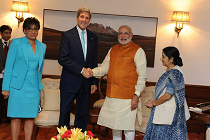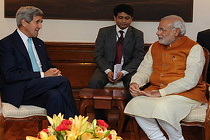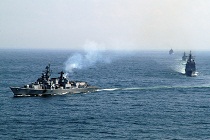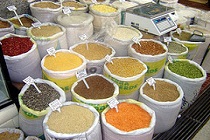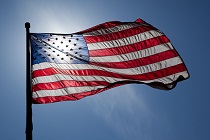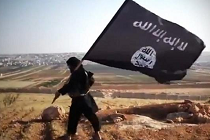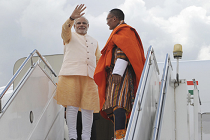John Kerry’s charm offensive
Much was made of the ‘incredible possibilities’ for India-U.S. ties preceding John Kerry’s visit to India. The American emphasis on rhetoric touched a new high when Kerry formally invited Indian PM Modi to Washington in September. The two sides must now get beyond words to work towards a resolution of differences for the bilateral to blossom

